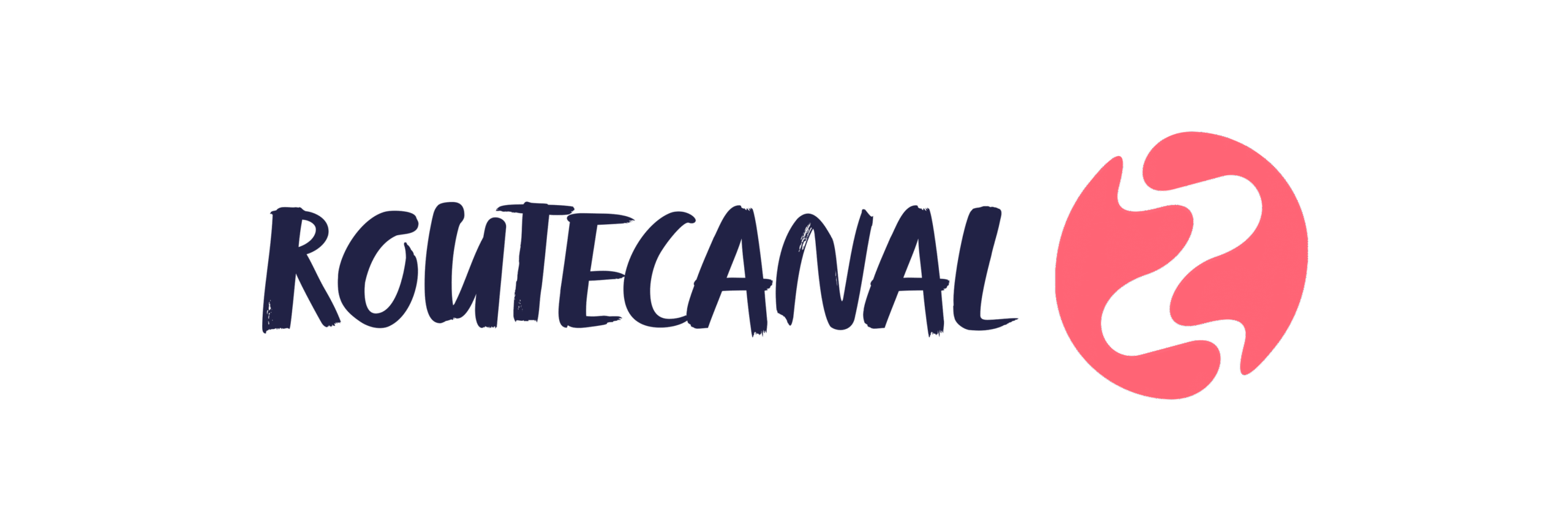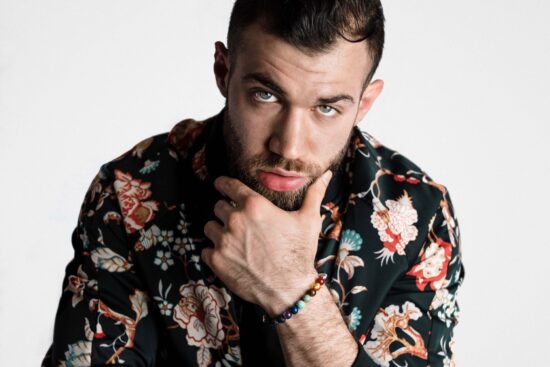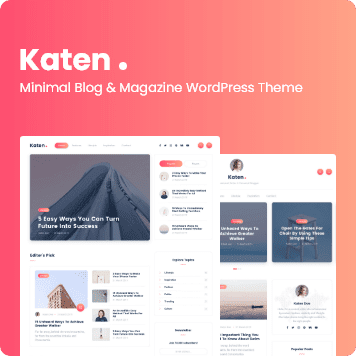
When fans packed the Smoothie King Center to see Zach Bryan live, no one expected the show to completely redefine what a concert could feel like. Over 17,000 fans broke the venue’s attendance record—surpassing legends like Jay-Z and Billy Joel—and the reason? Bryan’s unique ability to merge music, tech, and raw storytelling in one unforgettable experience.
This wasn’t just another arena show. It felt personal. And there’s a reason why.
From retro-style festoon lights casting warm glows to cutting-edge I-Mag screens displaying his every move, Zach brought both analog charm and digital innovation to the stage. But here’s the kicker: it’s not just about pretty lights and great sound. Bryan and his team are using concert technology innovation to blur the line between artist and fan—in real time.
And with digital creativity and performance tech pushing the boundaries of what’s possible live, Zach Bryan is leading a new era of artist-driven transformation.
The Role Of Technology In Elevating Live Concert Experiences
Let’s talk tech—because Zach Bryan isn’t just singing under lights. He’s architecting an immersive world with every show. And tech is the backbone. Whether you’re in the front row or up in the rafters, you feel it. Let’s break down how he does it.
Digital Creativity And Live Events
There’s nothing typical about Zach’s setup. We’re talking about more than visuals here—it’s about presence. His team uses large-scale I-Mag screens, letting fans see his expressions up close no matter where they sit.
Add to that a full-on backyard vibe with festoon lighting draping across the Smoothie King Center, giving an intimate, open-air feel. The stage, built in-the-round, creates unity. He isn’t separated from the crowd—he’s surrounded by it.
Fans don’t just watch; they feel involved. From dynamic light shifts that move with each song’s energy to subtle digital projections filling open spaces, the entire moment feels alive.
Behind this? A symphony of programming brilliance.
Innovative Concert Coding And Software Development
Lighting doesn’t just happen. It’s designed, coded, and synced in real-time to the music. Bryan uses TAIT’s Navigator system—one of the most advanced concert control platforms out today. This single framework handles everything from automated lighting pods to dramatic scene shifts mid-performance.
What makes this killer? It reacts like a human brain. When Bryan strums a slower ballad, the lights adapt instantly—softening, pulsing softer. When he kicks up to a foot-stomping anthem, they explode into movement. That’s all thanks to real-time data processing and automation.
In short, the show is alive, learning and reacting as it plays out. That’s not art or tech. It’s both.
Programming Languages For Performance Technology
Most fans will never know the tech stack behind their favorite concert moment—but it’s impressive. Python, C++, and JavaScript aren’t just for startups anymore. They’re at the heart of the modern tour scene.
These languages power the very backbone of tour effects:
| Programming Language | Application |
|---|---|
| Python | Controls syncing of lighting and audio cues |
| C++ | Powers real-time automation for stage rigs |
| JavaScript | Enables interactive crowd and screen engagement tools |
The fusion of these tools allows Bryan’s team to create a synced, flowing experience—where every guitar riff or pause in vocals aligns seamlessly with what the audience sees and feels.
This is what happens when you treat code as part of the band.
Interactive Concert Web Design And Audience Engagement
Zach isn’t just reinventing what happens on stage. He’s flipping the entire concert journey—before and after the show—through creative web design and live interactivity.
Web Design As A Bridge Between Artists And Fans
Fans today want more than a ticket and a show—they want a connection. Zach’s website delivers.
Before the tour, fans can:
- Book tickets directly with dynamic seat maps
- Sign up for venue updates and pre-sale drops
- Join interactive polls that impact setlists
Once the show goes live, the website becomes a live dashboard. People stream clips, check highlight reels, and engage in social shoutouts—turning website visitors into participants. It’s not just a scroll. It’s a backstage pass from your phone.
Custom Web Solutions Enhancing The Concert Experience
What makes Zach’s approach cutting-edge is how it leverages live platforms. Think augmented reality pop-ups. Virtual merch previews. Real-time fan reactions compiling into digital mosaics.
At the Smoothie King Center, these online features mirrored the live vibe. Socials lit up with in-the-moment clips and synchronized stage visuals shared through fans’ devices. It wasn’t a side feature—it was part of the experience.
Want proof this works? Just look at the digital buzz after his New Orleans show. Posts exploded, hashtags trended, and streams spiked—proof that blending interactive design with performance tech makes the moment last way beyond the final encore.
Lighting innovation and stage automation with TAIT’s Navigator system played a huge role in making this possible, syncing every part of the concert with seamless power.
What’s next? Probably more ways for fans to control the moment themselves. Maybe from their phones. Maybe from home. Either way—Zach’s already ahead of the curve.
How Zach Bryan Uses Innovation to Transform Artist Events
Tech-Enhanced Stage Design: A Key Innovation
Picture a packed arena dimming its lights while Zach Bryan walks onto a stage that feels more like your cousin’s backyard than a megastar concert—and that’s exactly the vibe he’s going for. On his “Quittin’ Time Tour,” Bryan ditched glitzy, over-the-top visuals and went for something unexpectedly personal: a minimalist in-the-round setup.
The festoon lights stretched out above fans like stars at a summer bonfire, lending that dreamy, nostalgic energy to every song. And yet, amidst this simplicity lay some serious tech upgrades. Lighting pods swung overhead, shifting with each chorus, and were loaded with Portman P1 Retro Lamps—carefully programmed to build intimacy instead of overwhelm.
The real secret sauce? Using TAIT’s Navigator system to control those lighting moves in sync with his set list. It adds a dynamic layer to what initially seems casual and stripped down. So while you’re soaking in the indie Americana vibes, you’re also being pulled into one tech-powered immersive performance.
Smoothie King Center Record-Breaking Show as a Case Study
In May 2023, Bryan packed 17,000 fans into New Orleans’ Smoothie King Center—breaking records previously held by icons like Jay-Z and Billy Joel. But this show was more than just numbers. The setup was a masterclass in how modern artists blur the lines between a concert and a shared experience.
Fans weren’t just there to listen—they were part of the show. The arena was bathed in golden lighting that made it feel more like an open-air festival than an indoor venue. Gigantic screens (I-Mag displays) ensured everyone got a close-up, no matter where they sat.
- Festoon lighting reaching deep into the crowd
- Lighting pods programmed with motion and color dynamics
- Stage setup that erased the gap between Bryan and the fans
People walked away from that show saying it didn’t feel like a concert—it felt like home. That’s the Zach Bryan effect.
Augmented Soundscapes and Acoustic Innovation
Big venues can be tricky. Sound gets lost, muffled, or worse—echoes like you’re inside a tin can. But Bryan’s team leveraged acoustic tech to make sure his raw vocals and roaring guitar riffs cut through cleanly.
Whether fans were in the pit or the back row, spatial audio tricks, strategically placed speakers, and real-time audio balancing gave them that goosebump-inducing clarity. It’s not just music—it’s immersive storytelling through sound.
Virtual Concert Experiences: Bridging Physical and Digital Worlds
Toward Virtual Reality (VR) in Live Music
Can’t snag a ticket? No problem. Virtual concerts are quickly becoming the next frontier for artists like Zach Bryan, especially when fan demand outpaces venue capacity—as seen at the Smoothie King Center.
VR concerts let fans “attend” regardless of geography, using 360-degree cameras to create ultra-immersive environments. From their couch, viewers can experience what it’s like to stand in the middle of Bryan’s backyard-inspired stage as lights move above and his voice fills the space.
As tech evolves, it’s not hard to imagine Bryan bringing the intimacy of his physical tour into a fully interactive virtual concert world—especially considering his artistic interest in innovating fan experiences.
Chat-Driven Artificial Reactions in VR Concerts
Feeling the crowd’s energy is part of any unforgettable concert. But how do you bottle that vibe digitally? New tools are making it happen.
By mining real-time chat reactions from live-stream platforms, systems can animate virtual audience avatars to clap, cheer, or sway with the beat. These collective reactions aren’t random—they mirror how real crowds behave in the moment.
The result? You’re suddenly “there” with thousands of others, reacting together as Bryan strums out the first few chords of “Something in the Orange.” It’s the magic of shared experience—just coded into a digital world.
Economical and Cultural Benefits of Virtual Concerts
In-person shows have their charm, but they come with travel, hotel, and ticket expenses—not to mention capacity limits. Virtual concerts lower those barriers and open doors for global fandom.
With VR, a high-schooler in rural Montana and a music critic in London can both “attend” the same show—with none of the logistics or expense. These experiences make concerts more inclusive, economically friendly, and culturally resonant.
For artists like Bryan, who deeply value community, virtual concerts are a powerful add-on to their tour game. They extend the connection without sacrificing authenticity.
The Economy of Tech-Driven Music Venues
Impact of Zach Bryan’s Smoothie King Center Performance on Local Economy
You hear a name like Zach Bryan and probably think Americana vibes, gritty vocals, and heartwrenching lyrics. But what a lot of people miss? How his Smoothie King Center performance wasn’t just a concert—it was a full-on economic injection for New Orleans.
During his record-smashing stop at Smoothie King Center, with 17,000 fans packed in tight, it wasn’t just the venue that saw green. Hotels were fully booked. Local eateries saw lines out the door. Uber surge pricing? Through the roof. It’s the domino effect of big events—and Bryan is stacking them high.
Downtown businesses felt the impact firsthand. Think of souvenir shops, cafes, and late-night spots that saw massive foot traffic from Zach’s loyal fanbase. According to local hoteliers, occupancy numbers spiked days before and after the show. And let’s not forget the afterparties hosted by bars capitalizing on the fan crowd.
It’s not just boots hitting pavement. Bryan’s shows are powered by digital creativity—things like lighting synced from programmable systems, VR promotion strategies, and fans livestream-sharing every second. That exposure? It builds buzz beyond the arena, pulling future tourism into the city.
Music Venue Software Integration for Smart Operations
Behind every mind-blowing show is tech that keeps it running smooth. Smoothie King Center didn’t break Bryan’s attendance record by luck—it used software automation to move people in, keep them safe, and sell out merch.
Here’s what powered it:
- Automated ticketing systems reducing wait times and fraud.
- Smart inventory tools to track and replenish merch and concessions on the fly.
- Lighting and sound run through synced digital interfaces like TAIT’s Navigator system.
This isn’t just flash—it’s efficient as hell. The venue ran tighter, faster, and more profitably because it relied on data, not duct tape. Real-time adjustments are made as crowds move, making sure vibes match demand.
It’s what every venue has to move toward: smarter systems, cleaner flows, less chaos. And Zach’s camp is clearly leading the charge when it comes to meshing music with intelligent infrastructure.
The Rise of Collaborative Coding in Live Performances
You’ve heard of DJs spinning vinyl live. Now think bigger—artists and coders building music experiences as they happen. That’s where platforms like Vivace jump in. And if folks like Zach Bryan tap into it? Game over.
Vivace is a tool that lets multiple creators code together in real time—live coding audio, video, lights, everything. Think of it like writing music and visuals together on the fly, right in front of the audience. Every code line becomes part of the show.
In Bryan’s case, imagine this layered on top of his humble, eerie lighting and arena-wide intimacy. Collaborative coding could change his aesthetic at a moment’s notice—from barefoot backyard vibes to a full-blown digital storm synced with the tempo of each song.
And here’s what’s wild—these aren’t just programmers in a booth. They’re part of the crew, bringing tech into the emotional space of a live band. Each change, every algorithm-fed beat drop or visual glow-up—it’s all part of the narrative of the night.
For artists like Bryan, this could mean never playing the same show twice. Collaborative coding cracks open a future where audience energy, location vibes, and real-time moods shape what happens next.
The Future of Digital Innovation in Concerts
How Artists Like Zach Bryan Are Leading the Innovation Movement
Headlining a tour is one thing. Redefining how tours feel is another. Zach Bryan’s blend of raw authenticity and deep tech integration is setting a new standard for live concerts.
He’s already pulling custom web design and programming into his stage setup. His use of festoon lights expanding across the space and the massive I-Mag screens reflect not just design sense—but a digital artist’s mentality.
What’s next? Think deeper VR tie-ins. Think browser-based fan experiences where you log into a portal that mirrors Bryan’s current show. Software that reads audience reactions and adjusts lighting and sound visuals instantly. That direction isn’t sci-fi—it’s already quietly developing.
And Bryan has the following—and the creative team—to be one of the first. If his next tour incorporates AI-based set variants or fan-selected encores voted live via app? No surprise at all.
Evolution of Interactive Technologies for Artists and Fans
Let’s talk fan experience. Because it’s not just about tickets anymore—it’s about memory-locked moments.
With wearables like smart wristbands lighting up in sync with the show or AR lenses that pull up in-concert stats and lyrics as the song plays—Bryan’s type of show could go fully interactive.
NFTs? They may fade short-term, but long-term? Limited-edition digital collectibles tied to your concert experience could become the new signed poster. Smart ticketing can include perks like virtual meet-and-greets or backstage content unlocked after the show.
Zach’s real power lies in how much control he has and how deeply his camp wants fans feeling something raw and unfiltered. Combine that energy with tailored tech? You don’t just attend; you become part of the show’s DNA.
Personalized holograms based on social follows, tracks you’ve looped the most showing up in setlists—these moves will only scale. And artists like Bryan? They’ve got the story, the team, and the guts to pull them off before anyone else.







